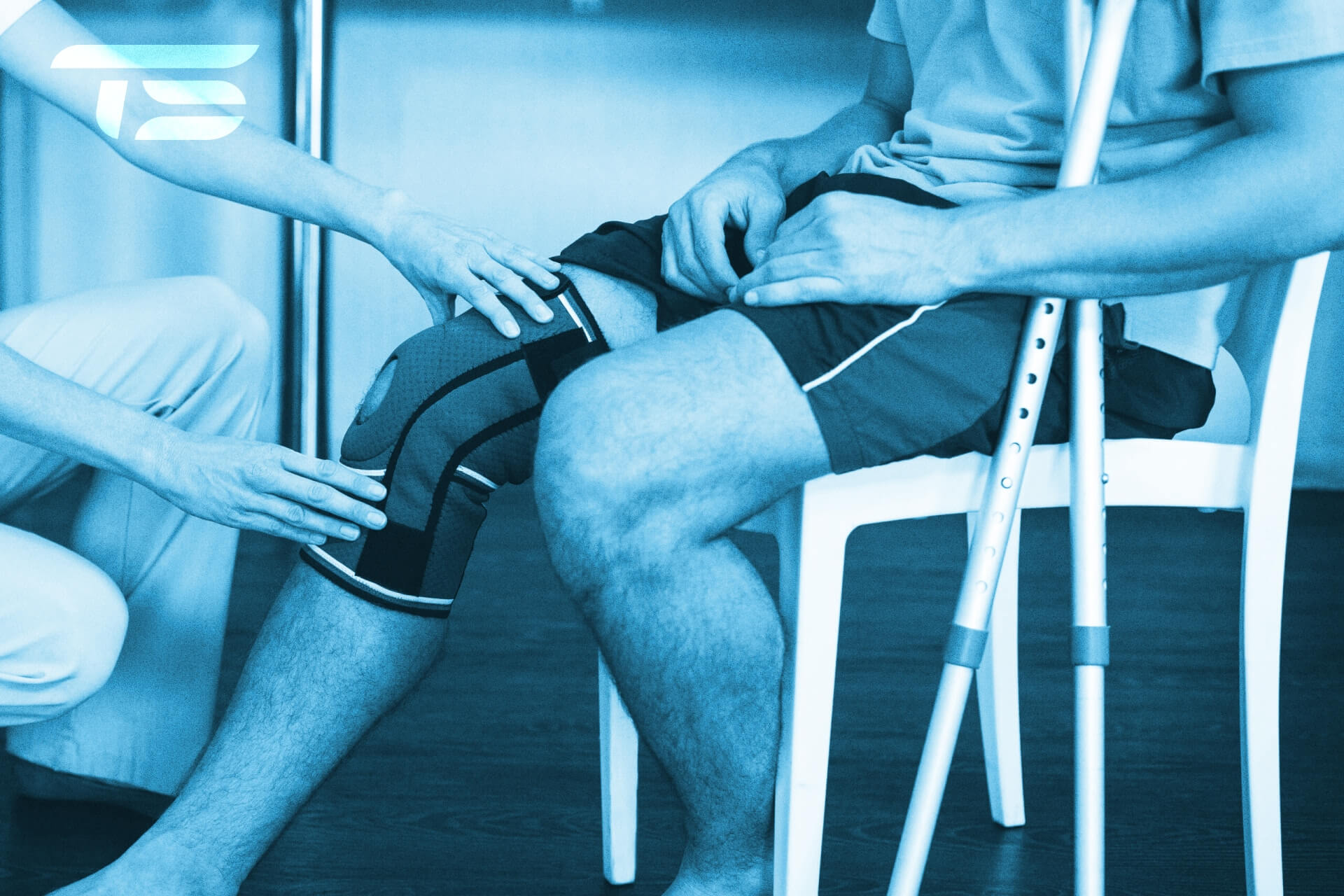Complete Guide to Getting Back on the Field After Meniscus Surgery
Getting back on the lacrosse field after meniscus surgery doesn't have to derail your season or career. At True Sports Physical Therapy, we understand that lacrosse players face unique challenges during meniscus injury recovery. The explosive cutting movements, rapid direction changes, and high-impact nature of lacrosse demand specialized rehabilitation approaches that go beyond generic knee injury protocols.
Key Takeaways:
- Meniscus repair recovery typically requires 4-9 months, while meniscectomy recovery is usually 6-8 weeks
- Lacrosse-specific training focusing on cutting, deceleration, and agility is essential for safe return to sport
- Professional physical therapy significantly improves outcomes and reduces re-injury risk compared to home exercises alone
Understanding Your Meniscus Injury
Modern orthopedic practice emphasizes repairing rather than removing torn meniscus because removal almost guarantees arthritis over time. For lacrosse players, this preservation approach is crucial given the sport's demanding nature on your knees.
Meniscus repair involves stitching the torn tissue back together, requiring longer healing time but preserving your knee's natural shock absorption. Partial meniscectomy removes only damaged portions, offering faster recovery but potentially impacting long-term joint health.
The type of surgery you receive directly impacts your rehabilitation timeline and when you can safely return to competition.
Recovery Timeline and Phases
Early Recovery (0-6 Weeks)
Focus shifts to protecting the repair while restoring basic function. Initial physical therapy works on helping you fully straighten your leg and bend your knee to 90 degrees while strengthening supporting muscles.
Key goals include:
- Managing pain and swelling
- Restoring basic knee movement
- Beginning strength work
- Gradual return to walking without crutches
Strength Building (6-12 Weeks)
This phase emphasizes rebuilding the strength and stability needed for athletic activities. Our orthopedic physical therapy programs target the specific muscle groups that support your knee during lacrosse movements.
Sport-Specific Training (12+ Weeks)
The final phase focuses on lacrosse-specific movements and skills. Return-to-sport training should start with controlled movements and progress to reactive, game-like scenarios.
Lacrosse-Specific Challenges
Unlike other sports, lacrosse demands constant acceleration and deceleration in multiple directions. Research shows lacrosse has approximately a 4:1 acceleration to deceleration ratio, making specialized training crucial for injury prevention.
Movement Demands Include:
- Sharp cutting at various angles
- Explosive starts and stops
- Lateral shuffling and backpedaling
- Jumping and landing mechanics
- Stick handling while moving
These complex movement patterns require progressive training that builds confidence and strength gradually.
Why Professional Guidance Matters
Studies demonstrate that outpatient physical therapy provides significant improvement in knee function and range of motion compared to home exercise alone. For lacrosse players, working with specialists who understand sport-specific demands is essential.
Our team at True Sports has extensive experience helping lacrosse athletes return to competition. We understand the psychological challenges of recovery and work to rebuild both physical capability and mental confidence.
Progressive Return to Lacrosse
Your return to lacrosse should follow a systematic progression:
Linear Movement First: Begin with straight-line running before adding direction changes
Controlled Cutting: Start with wide, predictable cuts before progressing to sharp angles
Sport-Specific Drills: Gradually incorporate stick work and lacrosse-specific movements
Game Simulation: Practice under fatigue and with reactive components
The transition back to sport typically begins at 4-6 weeks under professional guidance, with your surgeon making the final decision about full return to activity.
Common Recovery Concerns
Will I be as fast as before? With proper rehabilitation, most athletes return to or exceed their pre-injury performance levels.
How do I prevent re-injury? Focus on maintaining strength, proper movement mechanics, and listening to your body during training and competition.
When can I start cutting and pivoting? These movements are typically introduced around 12-16 weeks, depending on your individual progress and healing.
Your Next Steps
Meniscus injury recovery doesn't have to end your lacrosse career or limit your potential. With the right approach, many athletes return stronger and more resilient than before their injury.
At True Sports Physical Therapy, our experienced team specializes in getting lacrosse players back to peak performance safely and efficiently. We combine evidence-based rehabilitation with sport-specific training to ensure you're ready for the demands of competitive lacrosse.
Don't let your meniscus injury keep you on the sidelines longer than necessary. Schedule your consultation today and take the first step toward getting back in the game stronger than ever.

































































































.jpg)
.jpg)

